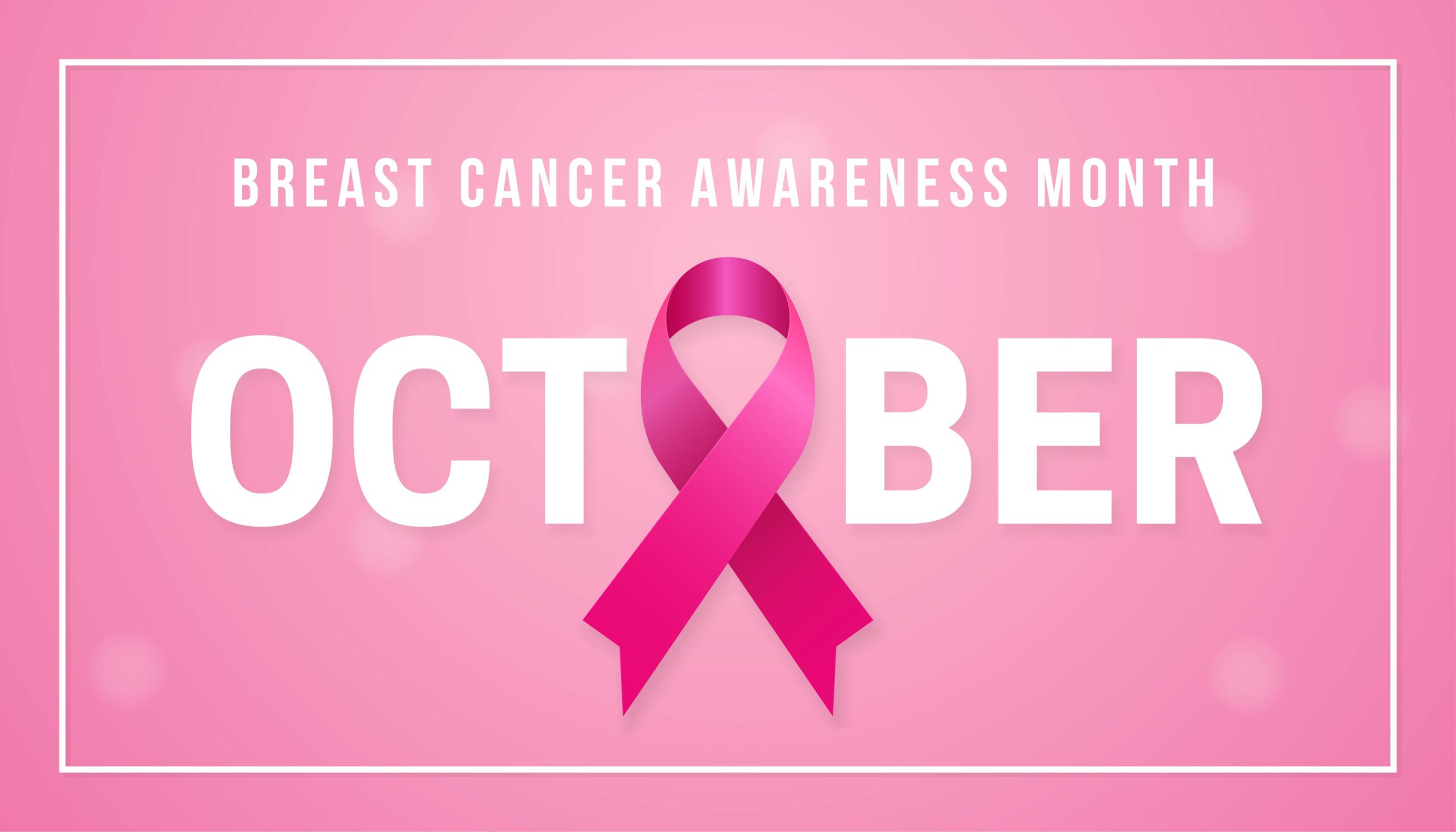The following information taken from the American Cancer Society website at https://www.cancer.org/cancer/types/breast-cancer/living-as-a-breast-cancer-survivor/follow-up-care-after-breast-cancer-treatment.html
Many women are relieved to be finished with breast cancer treatment, but also worry about the cancer coming back and can feel lost when they don’t see their cancer care team as often.
But for some women with advanced breast cancer, the cancer may never go away completely. These women may continue to get treatments to help keep the breast cancer under control and to help relieve symptoms from it. Learning to live with advanced breast cancer that doesn’t go away can have its own types of stress and uncertainty.
Even if you have completed breast cancer treatment, your doctors still will want to watch you closely, so it’s very important for you to go to all of your follow-up appointments. During these visits, your doctors will ask if you are having any problems and will examine you. Lab tests and imaging tests typically aren’t needed after treatment for most early-stage breast cancers. But they might be done in some women who are having symptoms to see if they’re the result of the cancer returning or are from treatment-related side effects.
Almost any cancer treatment can have side effects. Some might only last for a few days or weeks, but others might last a long time. Some side effects might not even show up until years after you have finished treatment. Your doctor visits are a good time for you to ask questions and talk about any changes or problems you notice or concerns you have. However, if concerns about your cancer come up between visits, you shouldn’t wait until your next scheduled visit. Call your doctor’s office right away.
Your follow-up schedule can depend on many factors, including the type of breast cancer, how advanced it was when it was found (the stage of the cancer), and how it was (or is being) treated.
Doctor visits: If you have finished treatment, your follow-up visits will probably be every few months at first. The longer you have been free of cancer, the less often the appointments are needed. After 5 years, they are typically done about once a year.
Mammograms: If you had breast-conserving surgery (lumpectomy or partial mastectomy), you will probably have a mammogram about 6 to 12 months after surgery and radiation are completed, and then at least every year after that. Women who’ve had a mastectomy (removal of the entire breast) typically no longer need mammograms on that side. But unless you’ve had both breasts removed, you still need to have yearly mammograms on the remaining breast. To learn more, see Mammograms After Breast Cancer Surgery.
Women who have had breast cancer are actually at higher risk for certain other cancers. So, your doctor will likely recommend other preventative cancer measures such as pelvic exams, bone density tests, blood tests and imaging tests (like bone scans, x-rays, or CT or PET scans). Ask your doctor for a survivorship care plan.



